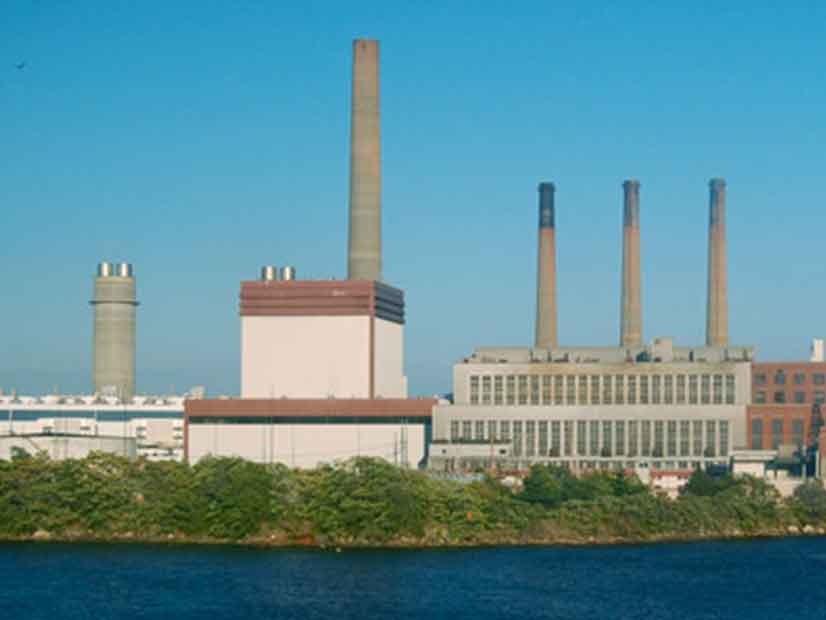
FERC set a base return on equity of 9.33% on the Mystic Generating Station’s reliability-must-run (RMR) contract, using the same methodology from Opinion 569-A last year (ER18-1639). The two-year contract begins in June 2022.
The commission voted 3-1 to adopt the order with Democrat Allision Clements dissenting and soon-to-depart Republican Neil Chatterjee not participating in the proceeding.
Plant owner Exelon (NASDAQ:EXC) advocated for an ROE of 12.8%, but the commission dismissed its arguments for adding the expected earnings model, use of market data inputs from other providers and its contention that the plant faces above-average risk.
Thursday’s order is similar to last month’s commission ruling that reduced Entergy’s base ROE. (See FERC Reduces Entergy’s Return on Equity.)
It also followed the precedent established when FERC raised MISO transmission owners’ base ROE and allowed them to add the risk premium model (RPM) into ROE calculations along with the discounted cash flow (DCF) and capital asset pricing models (CAPM). (See FERC Ups MISO TO ROE, Reverses Stance on Models.)
Danly concurred with the order but wrote that he was concerned with the exclusion of Avangrid (NYSE:AGR) from the proxy group used in the DCF and CAPM analyses used by the commission. Danly said the fact that Spanish energy giant Iberdrola owns 81.5% of Connecticut-based Avangrid did not justify the company’s exclusion from the proxy group.
“I believe that those considering [an] investment in Avangrid were more likely to have considered Avangrid’s operations, revenues, expenses and risk profile — which support the inclusion of Avangrid in the proxy group — than they were to have considered Iberdrola’s ownership interest in Avangrid,” Danly said.
Danly said he did not believe that Avangrid’s proxy group exclusion rendered the resulting ROE unjust or unreasonable.
“However, I can imagine future cases in which such an exclusion may well do so and reserve the right to object at that time, should the facts so require,” Danly said.
Clements said she dissented because FERC’s current ROE policy “applies a flawed methodology that does not adequately protect consumers and does not yield just and reasonable rates.” Clements said she did not want to revisit the in-depth concerns she expressed in her dissent from the Entergy order. But she said the Mystic proceeding again highlights “significant flaws inherent in the commission’s use” of the RPM.
Clements added that few FERC policies “impact consumers as much as our policy for setting ROEs.” While Thursday’s order addresses the ROE portion of cost-based compensation to keep the Mystic units online for two additional years, the commission’s ROE policy extends to all cost-based rates in its purview, including transmission.
“Smart transmission investment not only enhances reliability and resilience, but it unlocks low-cost power supply, allows more efficient use of existing infrastructure, and minimizes the cost of meeting changing customer demand and public policies,” Clements said. “This investment can ultimately be a net win for consumers. But the value proposition for consumers is in no small part dependent on this commission’s rigorous scrutiny of the rates charged for transmission service, of which ROE is a central component.”
Clements said she appreciated that ROE policy has been “unsettled for years, a state that increases investment uncertainty and extends litigation.” However, Clements said near-term stability should not be to the “detriment of consumer protection, and I worry our current ROE policy does just that.”


